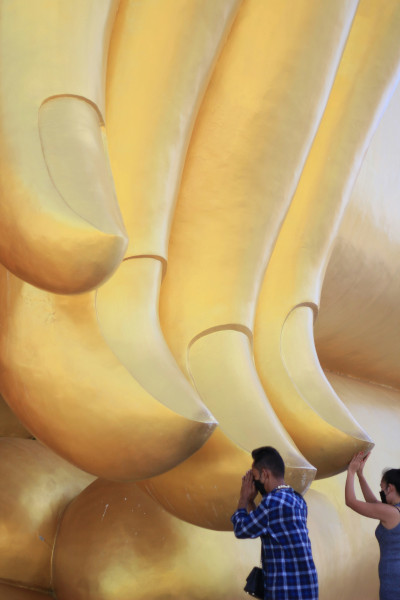The curriculum consists of four years of study leading to a certificate. The content of the course consists of a sequential year-by-year set of materials. While students may enter the course in any year, they will receive a certificate after successfully completing all four years of the curriculum. The DTO-BSI believes that the best way to learn is to teach; therefore, students are strongly encouraged to make presentations based on one of the assigned readings at least once a year and with the support and guidance of book mentors, Dharma Friends, and ordained lay Dharma priests, teachers and monastics.
Buddhist literature (Dharma) is vast and varied. It includes the Theravada Pali Canon suttas and the Mahayana and Vajrayana sutras, as well as works by ancient, modern, and current Buddhist teachers of various traditions. Thay carefully crafted this curriculum for a broad exposure to the Buddhadharma. Highlights from each year include:
- Year 1: The life of the historical Buddha, his central teachings, and an introduction to the 3 main schools of Buddhism – Theravada, Mahayana, and Vajrayana;
- Year 2: The Buddha’s teachings on meditation practices found in the Anapanasati and Satipatthana Sutras, and other works;
- Year 3: The Buddhist Doctrine found in sutras in all 3 canons; and
- Year 4: Buddhist psychology and the Way of the Boddhisattva.


